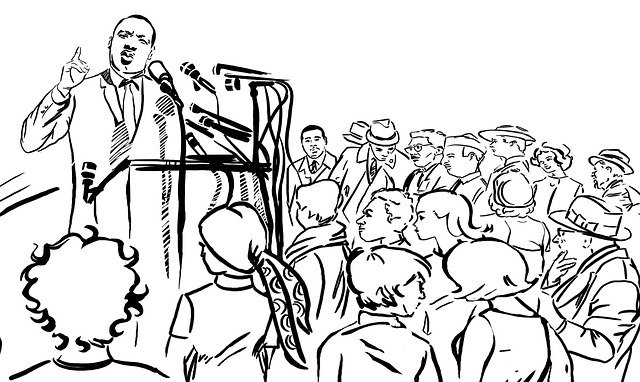Why Black History Month Encourages a Segregated Curriculum
Relegating cultural history to dedicated months rather than teaching all the complexities together often promotes lies by omission

It is Black History Month. So often during the month of February, we discuss the history of the observance, and all the “little known Black history facts” that show up throughout the month. There are even curated playlists on your favorite streaming channels to support the celebration of Black History Month.
It should be stated that Black History Month, or African American History Month, was conceived and announced as Negro History Week (the second week of February) in 1925 and expanded to a monthly celebration in 1976. For many of us today, February and the celebration of Black history is closely intermingled, but this month-long celebration is less than 50 years old. It’s purpose has always been to celebrate the contributions of African Americans, and many argue now for the evolution of this celebration beyond the walls of 28 (or 29) days in February.
In 2021, many students, families, and communities consider a celebration of Black history squeezed into one month obtuse when our educational system is designed to support a White history narrative year-round. In 1920, Mildred Rutherford published A Measuring Rod to Test Text Books, and Reference Books in Schools, Colleges, and Libraries ensuring that educational institutions should reject any textbook that, “calls the Confederate soldier a traitor...says the South fought to hold her slaves...glorifies Abraham Lincoln and vilifies Jefferson Davis.” Like Measuring Rod, example after example can be seen in education, in which history becomes one White history, and all other historical records are not considered.
When students finally learn about multiple histories, perspectives and voices across their educational career, it is typically taught as monolithic stories, grouped by month. We learn about Black History in February, American Indian Heritage in November, Hispanic Heritage in September/October, Asian American and Pacific Islander Heritage in May, and so on. Our American history is the collection of these multiple histories, perspectives, and voices. If you imagine that our history (dropping “American” at this point) is a human hand, with multiple histories living on the fingers of that hand, when we make a fist, the space inside that fist, is our collective history.
Our students should learn about the space inside this fist. Inside that space they will build a conceptual understanding of power, as described by Dr. Ibram Kendi in his book, Stamped From The Beginning, “...freedom was not the power to make choices, freedom was the power to create choices...power came before freedom. Indeed, power creates freedom, not the other way around -- as the powerless are taught.”
In that space they will find the history of the enslavement of indigenous people of the Americas between 1492 and 1880. In that space they will learn about the systematic separation of poor Whites from enslaved Blacks through the creation of more White privileges and Black consequences starting as early as 1680. In that space they will analyze Notes on the State of Virginia by Thomas Jefferson, first published in 1785, outlining Jefferson’s plan for the construction of an education system that ensures “twenty of the best geniuses will be raked from the rubbish annually, and be instructed, at the public expense” with the “...ultimate result of the whole scheme of education...the teaching [of] all the children...turning out ten annually of superior genius.” Inside that space, our students will build, find, learn, and analyze, using a complex network of histories, not one monolithic tale told to using books examined by a measuring rod within a system designed to rake the genius from the rubbish.
As an educator and perpetual student, my commitment to educational outcomes can best be articulated through the words of James Ford, when he says, we must “make sure that we are producing more socially conscious and empathetic individuals to help create a better and more perfect union.”
Tech & Learning Newsletter
Tools and ideas to transform education. Sign up below.
Engaging students in conversations around the complexities of our nation's history ensures that they have a broader understanding of the history of all peoples. Our students should learn the good, the bad, and the ugly that exists in our history. This historical complexity should live in their daily lessons, weekly units, end-of-quarter assessments and end-of-year projects.
The deliberate act to exclude multiple histories and voices can best be captured by James Baldwin in his work A Talk to Teachers: “If you are compelled to lie about one aspect of anybody’s history, you must lie about it all.” Our students deserve the opportunities to live in the full complement of our history. To deny students this opportunity, is in fact, to lie to them through omission.
Dr. Brandy Nelson is Executive Director, Learning and Teaching, Secondary, for Charlotte-Mecklenburg Schools in North Carolina, and the founder/CEO of Nelson Roots.
Dr. Brandy Nelson is Executive Director, Learning and Teaching, Secondary, for Charlotte-Mecklenburg Schools in North Carolina, and the founder/CEO of Nelson Roots.
